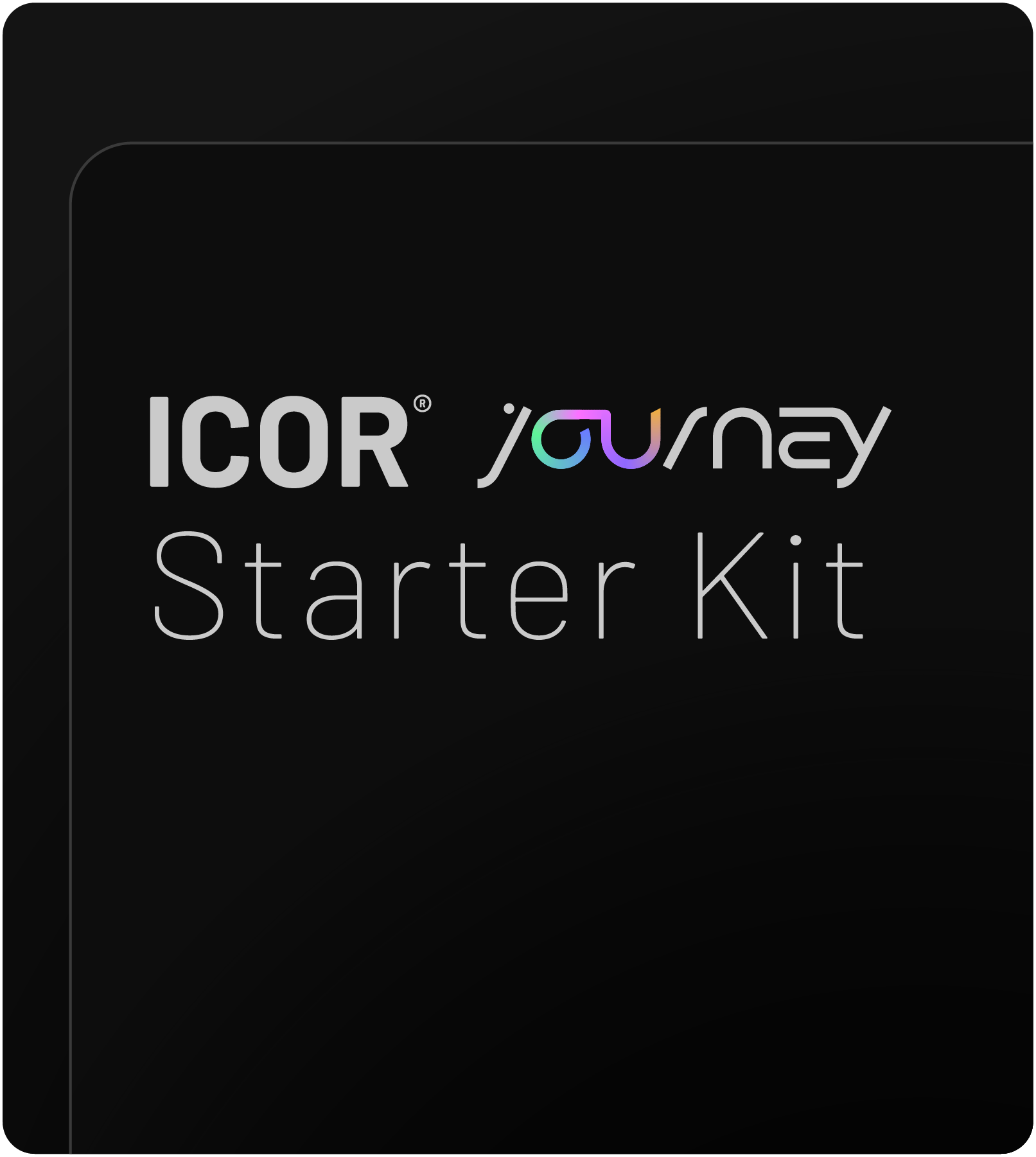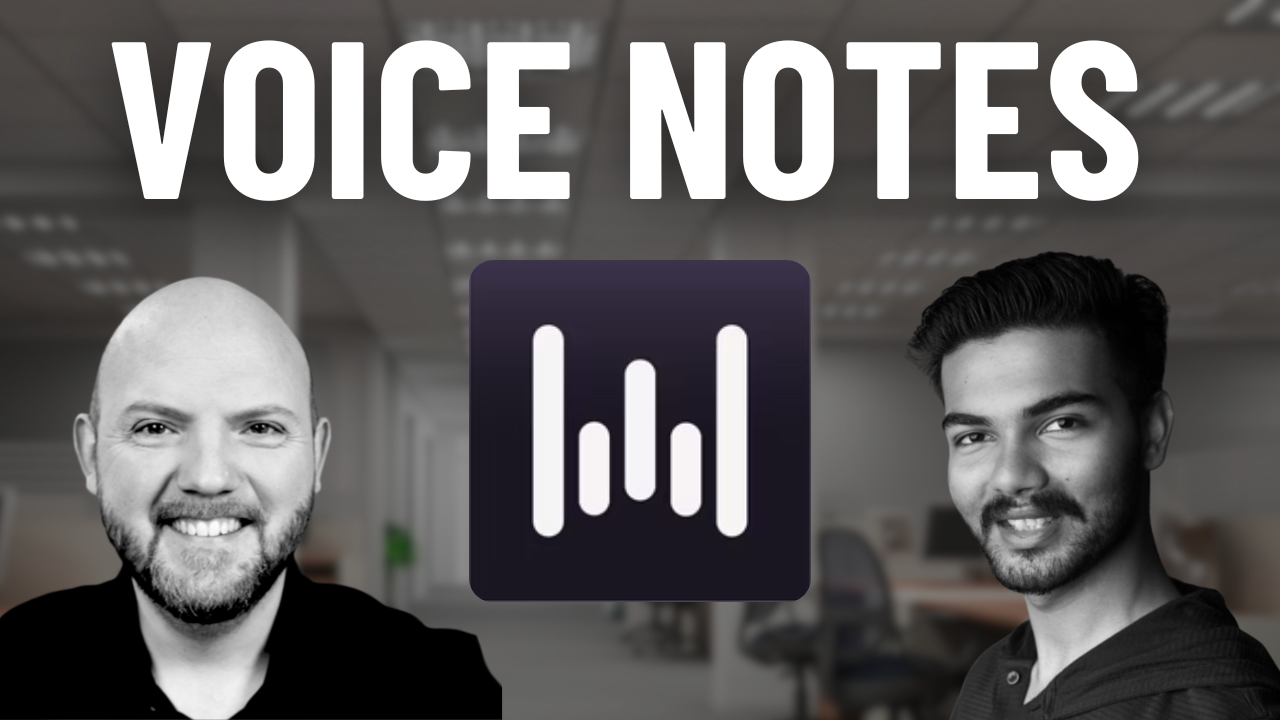In this Productivity like a Proolid and Paco Cantero explore the critical differences between shallow and deep work. They dive deep into how structuring your day into focused blocks of each can significantly enhance productivity, especially for Busy Professionals who face constant interruptions and unplanned tasks.
Understanding Shallow vs. Deep Work
Shallow work often gets a bad rap, but as Paco Cantero emphasizes, both shallow and deep work are crucial. While deep work allows you to build and innovate, shallow work keeps your day-to-day operations running smoothly. It’s essential to recognize that these two types of work require different approaches. Deep work demands high energy, focus, and extended time slots, whereas shallow work can be tackled in shorter bursts and with less mental intensity.
Structuring Your Day for Success
One key takeaway from this discussion is the importance of structuring your day to accommodate both shallow and deep work. By creating dedicated time slots or “batch blocks” for each type of work, you can handle your daily tasks more effectively. This approach also allows you to manage unexpected events without derailing your productivity.
Paco suggests that dedicating an entire day to shallow work can help clear your mental space, setting you up for more effective deep work on the following day. However, it’s important to avoid falling into the trap of procrastinating on deep work by endlessly doing shallow tasks.
The Role of Routines and Systems
Routines play a vital role in maintaining this balance. By setting specific times for tasks like email management and project updates, you create a predictable structure that not only helps you stay on track but also signals to colleagues when you’re available for collaboration.
The Paperless Movement® advocates for a well-structured system that includes tools like Todoist, Sunsama, and ClickUp, each serving a distinct purpose. For example, shallow work is typically managed in Todoist, while deep work tasks are handled in ClickUp. Sunsama helps in planning and scheduling these tasks, ensuring that your day is aligned with your goals.
Avoiding Procrastination
Procrastination is a common challenge, especially when it comes to deep work. Tom Solid shares a practical tip: breaking down deep work into smaller, manageable tasks can make it easier to get started and maintain momentum. Even on days when your energy levels are low, committing to just 10 or 15 minutes of deep work can help you make progress and stay productive.
The Power of a Balanced Approach
Ultimately, achieving a balance between shallow and deep work is about understanding your energy levels, setting realistic goals, and using the right tools to organize your day. The Paperless Movement®’s ICOR® framework provides the flexibility needed to adapt to the unpredictable nature of a Busy Professional’s workday, ensuring that you remain productive without sacrificing quality or missing important tasks.
For those looking to master this approach, the Paperless Movement® Membership offers comprehensive courses on Task Management, Project Management, and more, helping you build a system that works seamlessly for your unique needs. Join the Paperless Movement® Membership today and take the first step toward becoming a highly effective digital pro.




